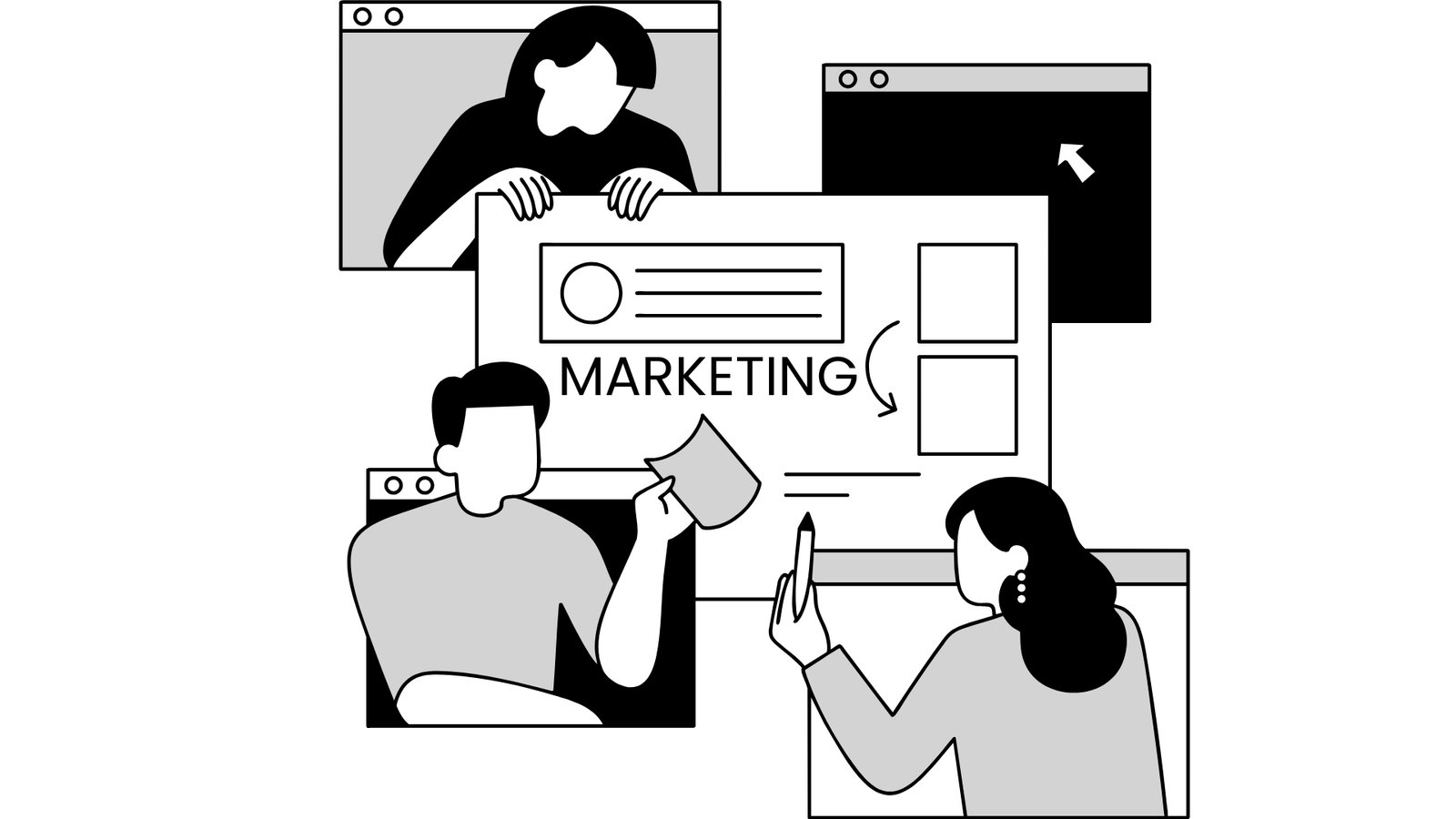
AI Meets Marketing: Improve Your Marketing Setup Today
How to Incorporate AI Tools into Your Marketing Technology Stack: A Step-by-Step Guide
Artificial Intelligence is a game-changer for digital marketing. With the strength of AI, marketing teams can automate processes, maximize campaigns, and make better, data-driven decisions. Yet with so many AI-based solutions on the market, incorporating them into your marketing technology stack can be daunting.
In this step-by-step guide, we’ll explore how to efficiently incorporate AI marketing tools into your existing framework to boost productivity and scale your efforts.
Step 1: Set Your Goals and Identify Needs
Before you introduce any AI tools, you need to identify what you aim to achieve through marketing. Are you looking to improve customer segmentation, content writing automation, or customer engagement? Define your key objectives, such as conversion rates, campaign optimization, or customer retention.
For instance, marketing products such as predictive analytics that incorporate AI can help you forecast customer behavior, while AI-powered content creation tools can automate blog entries, email newsletters, and social media posts.
Step 2: Choose the Right AI Tools
Selecting the most appropriate AI marketing tools is what will make or break your success. The tools you use must enable your goals and existing marketing activities you aim to enhance. Some of the primary tools that you should consider are:
AI-Powered Analytics Tools: AI-driven insights enable you to know more about customer behavior, forecast trends, and maximize campaigns. Google Analytics 4 and HubSpot are some of the tools that leverage predictive analytics in marketing to provide you with more insights.
Marketing Automation with AI: Marketo and Einstein of Salesforce are a few of the automation tools that automate daily tasks, lead scoring, and customer interactions.
AI Content Generation Tools: AI tools such as Jasper and Copy.ai assist in producing high-quality, tailored content for blogs, advertisements, and emails quickly and efficiently.
AI Customer Segmentation: Tools such as Segment or Kissmetrics use machine learning to segment your audience so that you can market more specifically.
Step 3: Integration with Existing Tools
After you've selected your AI marketing software, now is the time to integrate them into your existing tech stack. Most AI marketing software already have existing integrations with the top CRM and email marketing software like HubSpot and Mailchimp.
For example, adding running customer segmentation software based on AI to your CRM will enable you to personalize your messaging and offers based on specific customer actions. You can also integrate running analytics tools based on AI with your current reporting dashboard to get real-time reports on campaign performance. running
The integration can happen through APIs (Application Programming Interfaces) connecting your new AI equipment to your present software. A lot of AI platforms have built-in integrations that are easy to install, too.
Step 4: Train Your Staff and Leverage Data
AI tools are only as effective as the team that operates them. Make sure your marketing team is properly trained to utilize the AI tools. Some tools will take a learning curve, so it's important to give proper training on how to pull actionable insights, optimize campaigns, and resolve issues.
Also, the use of data is essential to the success of AI marketing tools. Provide high-quality, relevant data to the AI systems to make accurate predictions and efficient automation. Improve your models and algorithms continuously by monitoring campaign results and updating data on a regular basis.
Step 5: Monitor and Enhance Performance
AI tools offer continuous learning and optimization. After integrating your chosen solutions, it’s crucial to monitor their performance regularly. Track key metrics like customer engagement, conversion rates, and ROI to see how the tools are impacting your marketing efforts.
With tools such as predictive marketing analytics, you can forecast future customers' actions so that it will be easier to real-time alter campaigns. Modify your marketing procedures, refine the content, and improve customer engagement based on such data.
Step 6: Scale and Iterate
Once you have implemented AI tools into your marketing arsenal and tuned them to perform optimally, now's the time to scale. You can leverage the use of AI in other facets of your marketing process, such as automated customer support through AI chatbots or real-time optimization of ads.
Continue to develop your AI-enabled solutions and continue to iterate through the results so that you refine your marketing campaigns to become more personalized, streamlined, and data-driven.
Artificial intelligence is transforming marketing with advanced tools for automation, personalization, and predictive analysis. Using these tools as part of your marketing technology stack can simplify processes, enhance customer experience, and enhance ROI.
At Skill Bloomer, we are of the opinion that AI adoption in marketing is not a trend but the future. By using this step-by-step guide, you can remain competitive and realize the full potential of AI for your marketing campaigns.
